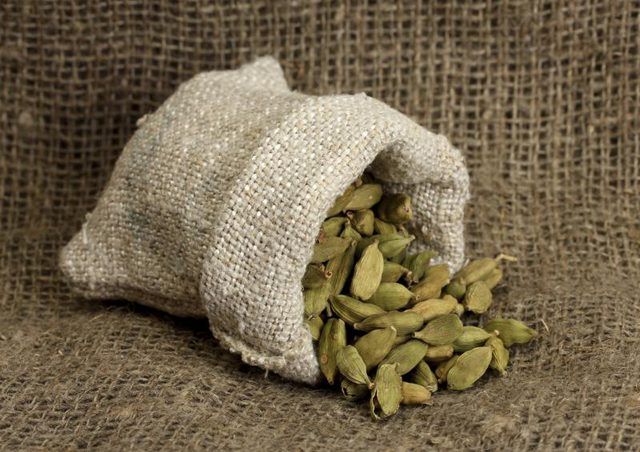Bulbs
Flower Basics
Flower Beds & Specialty Gardens
Flower Garden
Garden Furniture
Garden Gnomes
Garden Seeds
Garden Sheds
Garden Statues
Garden Tools & Supplies
Gardening Basics
Green & Organic
Groundcovers & Vines
Growing Annuals
Growing Basil
Growing Beans
Growing Berries
Growing Blueberries
Growing Cactus
Growing Corn
Growing Cotton
Growing Edibles
Growing Flowers
Growing Garlic
Growing Grapes
Growing Grass
Growing Herbs
Growing Jasmine
Growing Mint
Growing Mushrooms
Orchids
Growing Peanuts
Growing Perennials
Growing Plants
Growing Rosemary
Growing Roses
Growing Strawberries
Growing Sunflowers
Growing Thyme
Growing Tomatoes
Growing Tulips
Growing Vegetables
Herb Basics
Herb Garden
Indoor Growing
Landscaping Basics
Landscaping Patios
Landscaping Plants
Landscaping Shrubs
Landscaping Trees
Landscaping Walks & Pathways
Lawn Basics
Lawn Maintenance
Lawn Mowers
Lawn Ornaments
Lawn Planting
Lawn Tools
Outdoor Growing
Overall Landscape Planning
Pests, Weeds & Problems
Plant Basics
Rock Garden
Rose Garden
Shrubs
Soil
Specialty Gardens
Trees
Vegetable Garden
Yard Maintenance
How to Grow Cardamom From Grocery Store Cardamom Seeds
How to Grow Cardamom From Grocery Store Cardamom Seeds. A culinary spice native to India and Sri Lanka, cardamom (Elettaria cardamomum) makes clumps of stalks that grow from 6 to 15 feet tall in their native habitat. Those plants produce lance-shaped leaves and 1 1/2-inch flowers with green upper petals and white lips striped with purple veins....

A culinary spice native to India and Sri Lanka, cardamom (Elettaria cardamomum) makes clumps of stalks that grow from 6 to 15 feet tall in their native habitat. Those plants produce lance-shaped leaves and 1 1/2-inch flowers with green upper petals and white lips striped with purple veins. They are followed by green pods containing seeds which are ground to make the spice. Hardy in U.S. Department of Agriculture plant hardiness zones 10 to 13, the herb can flourish as a shorter nonflowering houseplant too, but attempts to grow it from grocery store seeds are likely to fail.
Selecting Cardamom
Grocery store cardamom seeds are often harvested before their pods break open, so some of the seeds will be too immature to germinate. Also, their viability begins to decline about two weeks after they are picked, and they may have been fumigated with irradiation, ethylene oxide or steam, which could adversely affect germination as well. For the best results, therefore, you should acquire fresh and untreated cardamom seeds from a seed seller rather than from your grocery store.
Sowing Cardamom
After placing the seeds in a clean container, poor hot water over them. Allow them to soak in that water for one to two days before planting them. Fill a pot that contains drainage holes with a combination of one part seed-starting mix and one part sand. Sow your seeds on the surface of that mix, about 3/4-inch apart and cover them with 1/4 inch of damp sand. You can then top the pot with plastic wrap, to keep the mix and sand moist, placing it in an area where temperatures remain between 70 and 85 degrees Fahrenheit.
Sprouting Cardamom
Cardamom seeds usually are slow to germinate, so you probably won’t see sprouts until about a month later. However, their emergence can occur at any point from two weeks to three months after the seeds were planted. At that point, move them to a windowsill where they will receive sun for only part of the day or bright, indirect light. Alternatively, you can place them under a grow light, preferably near one of the ends, where the illumination is dimmer than in the center.
Supporting Cardamom
As your seedlings grow, keep their soil damp and feed them once every two weeks with a liquid kelp plant food such as 0-0-1, adding 2 tablespoons of it to each 1 gallon of water. After about five or six months, when the seedlings each have four leaves, transplant them into individual 4-inch pots of potting soil.